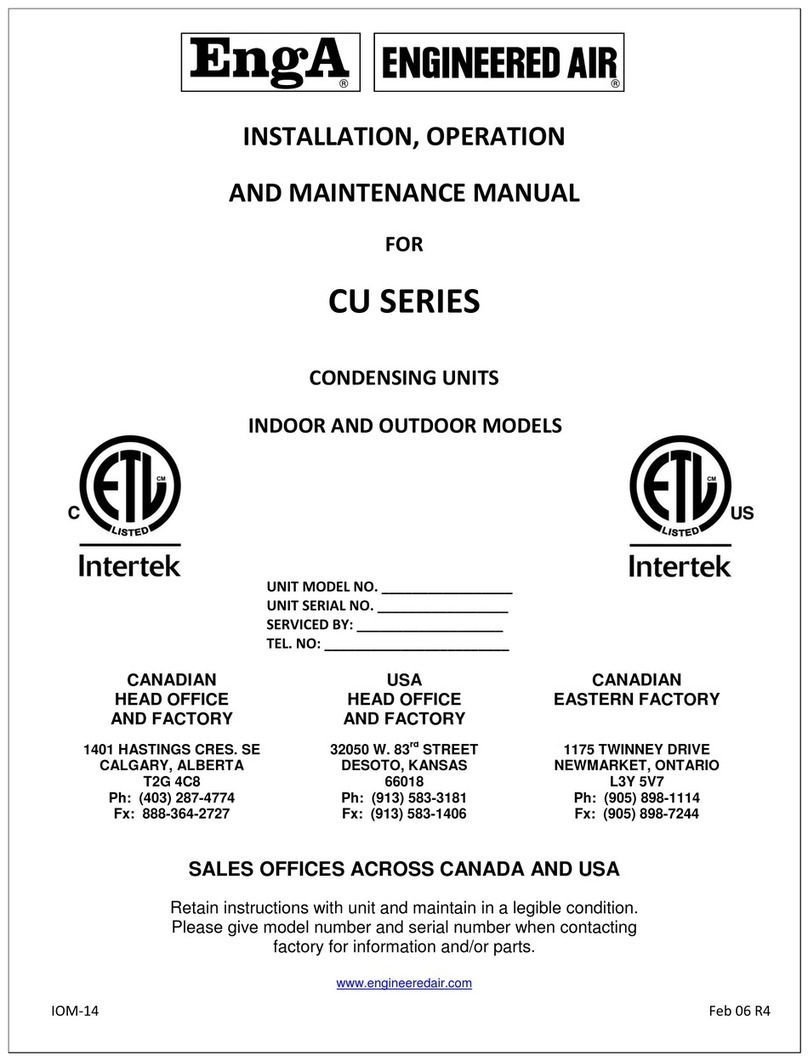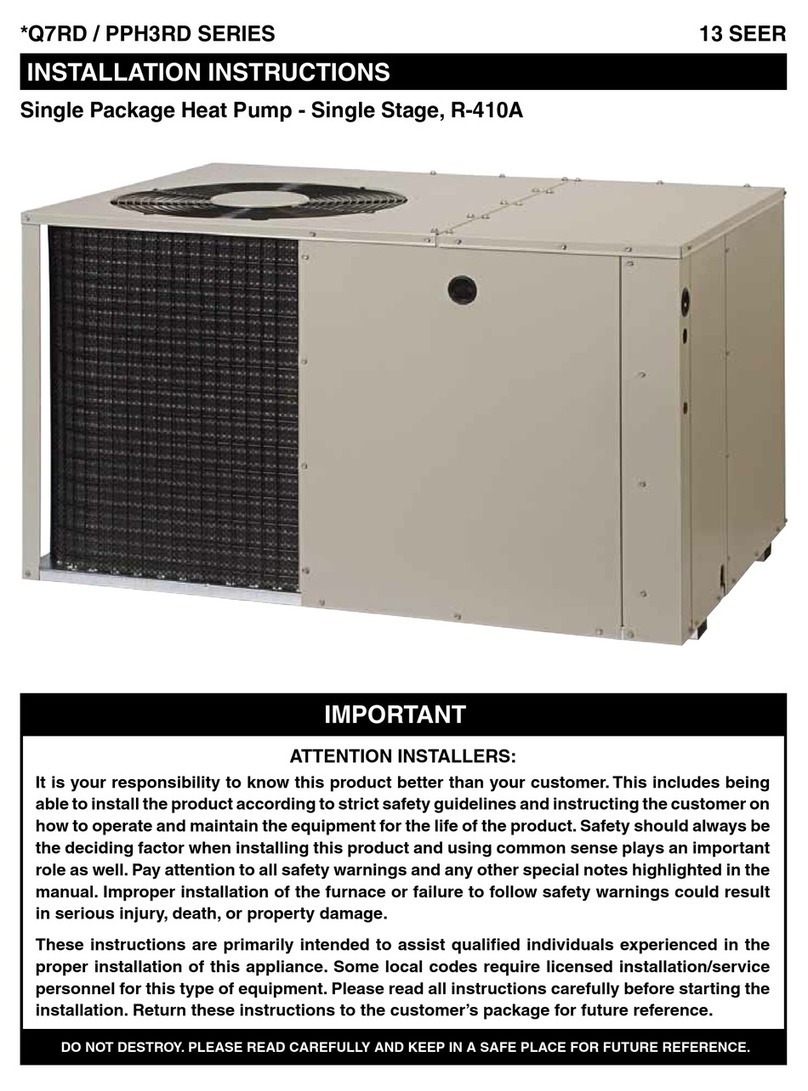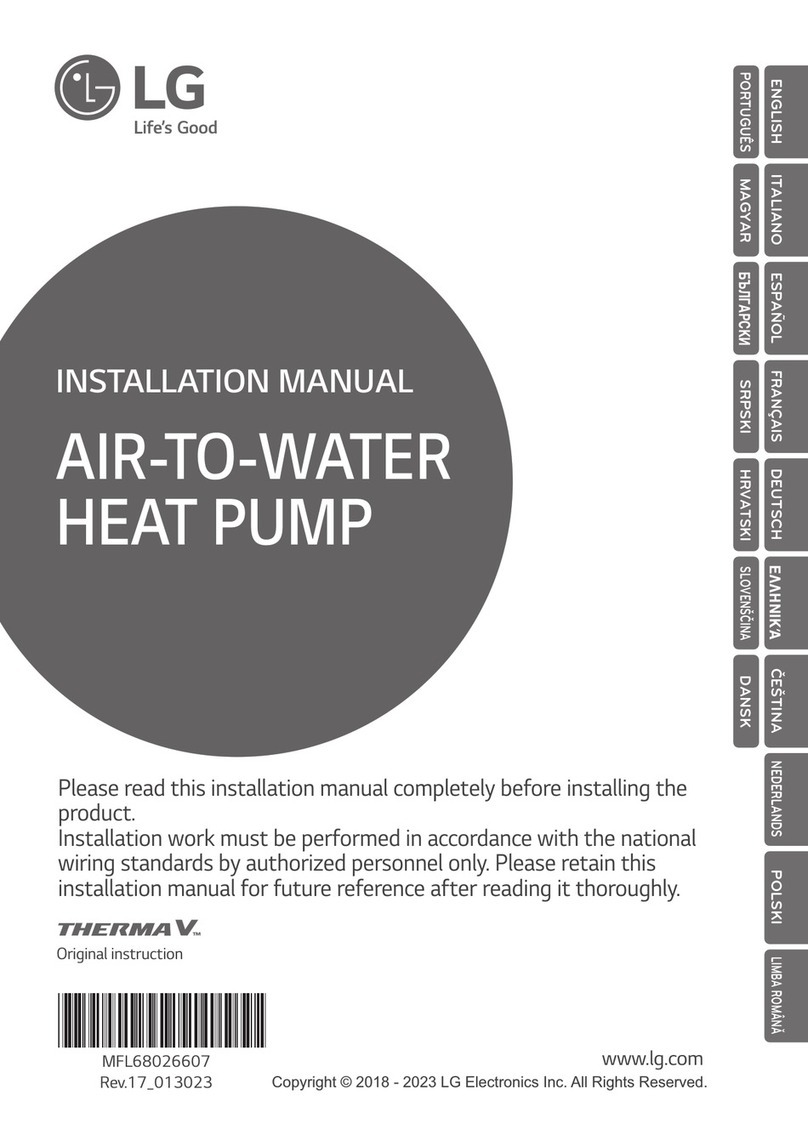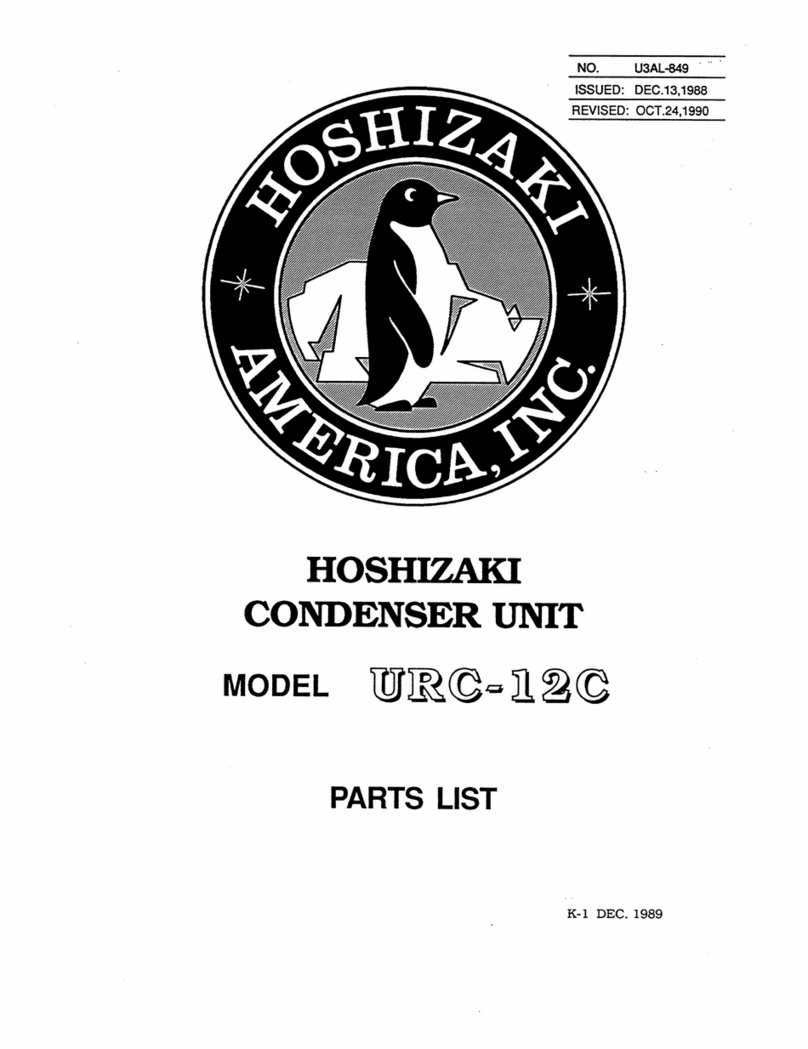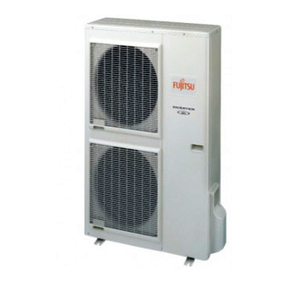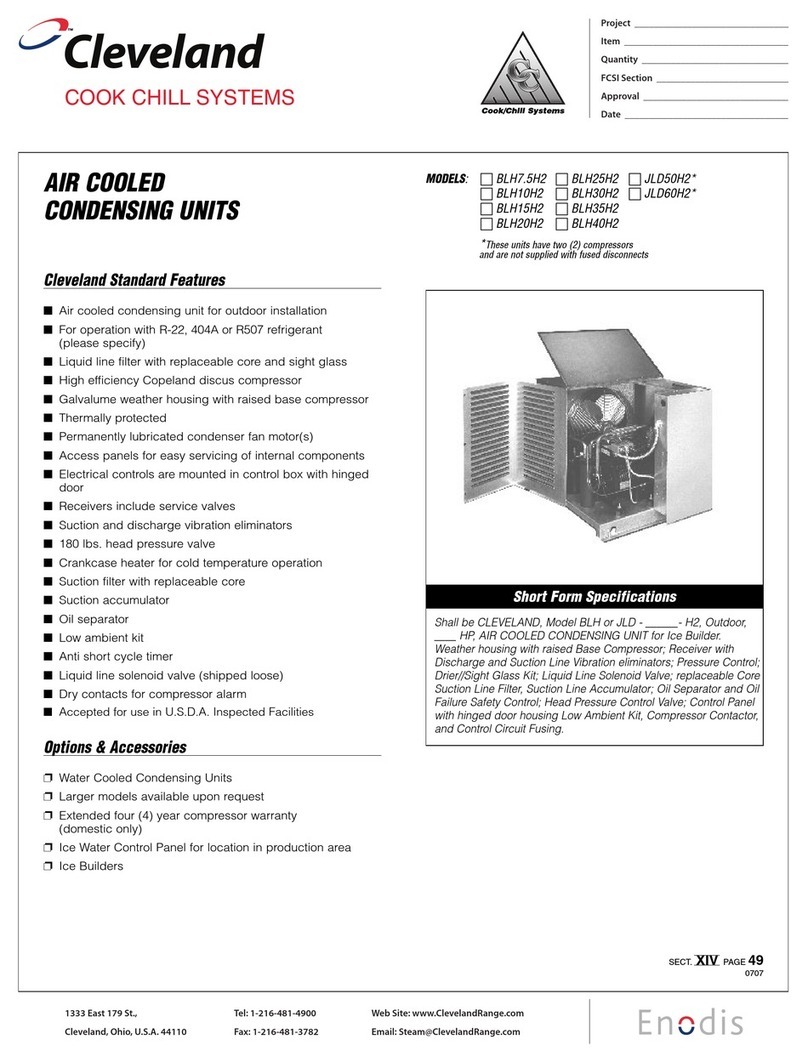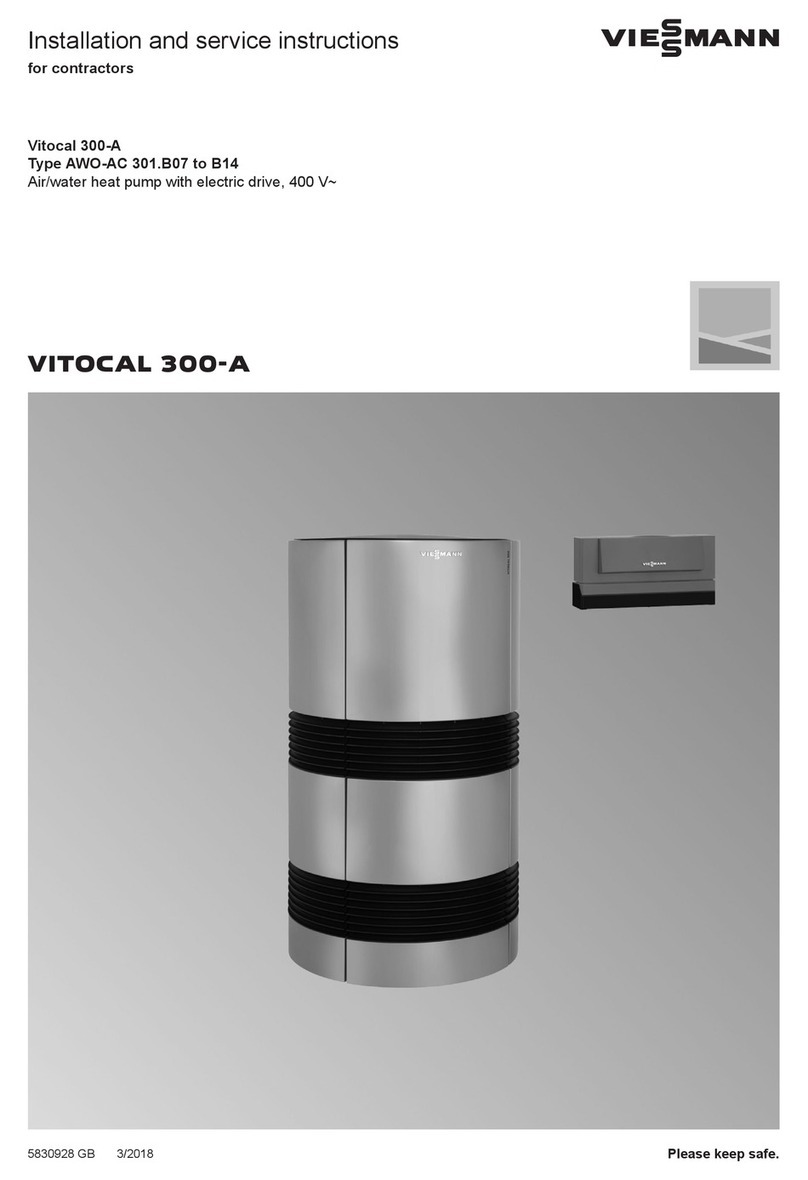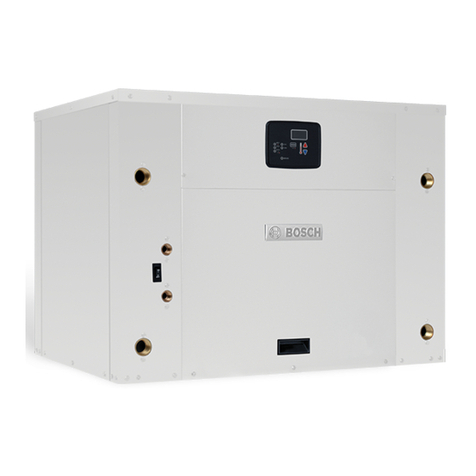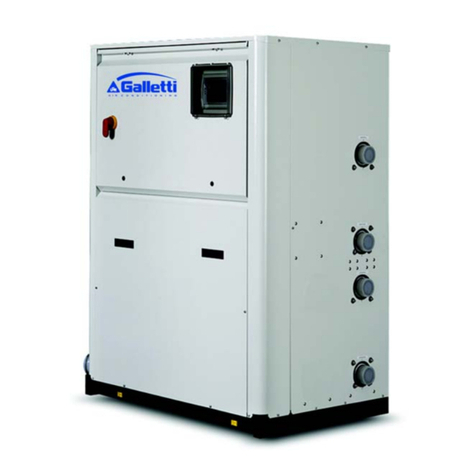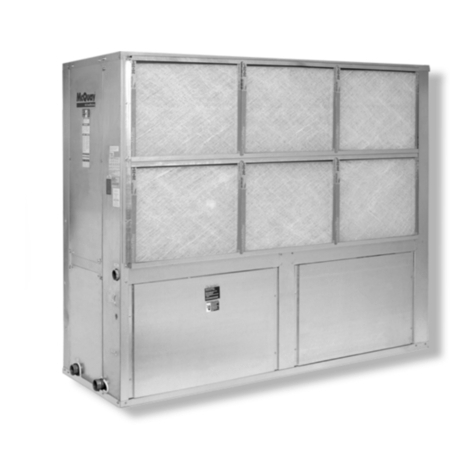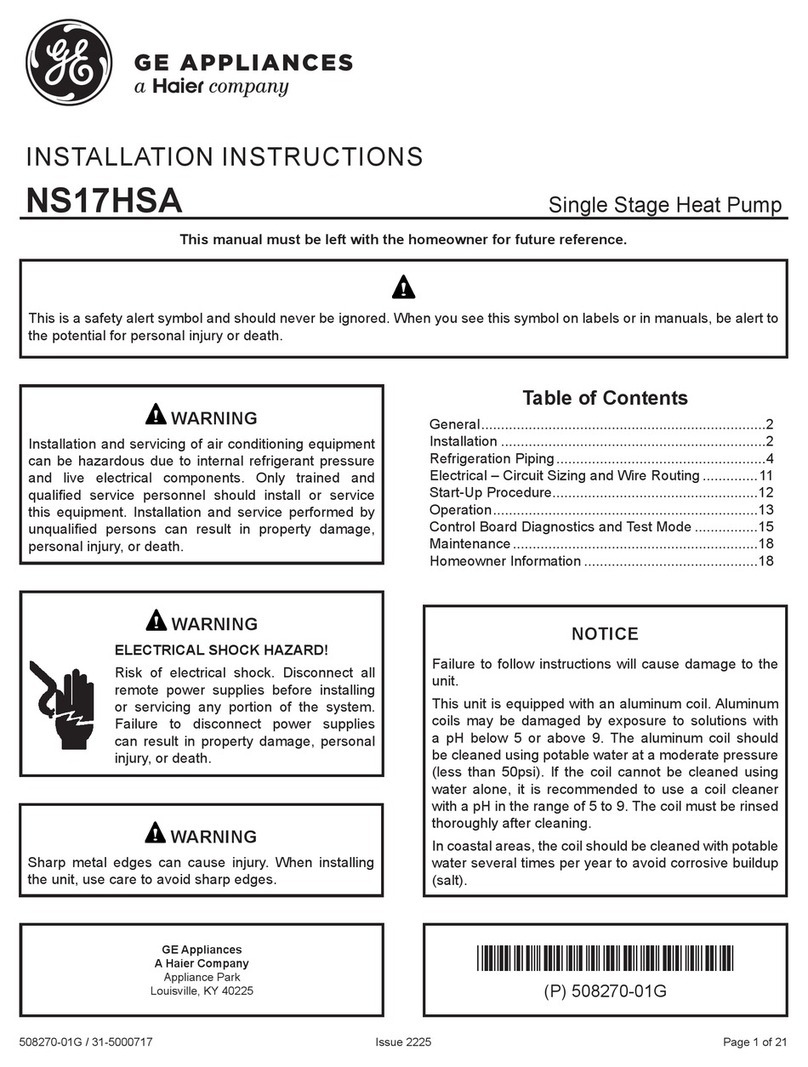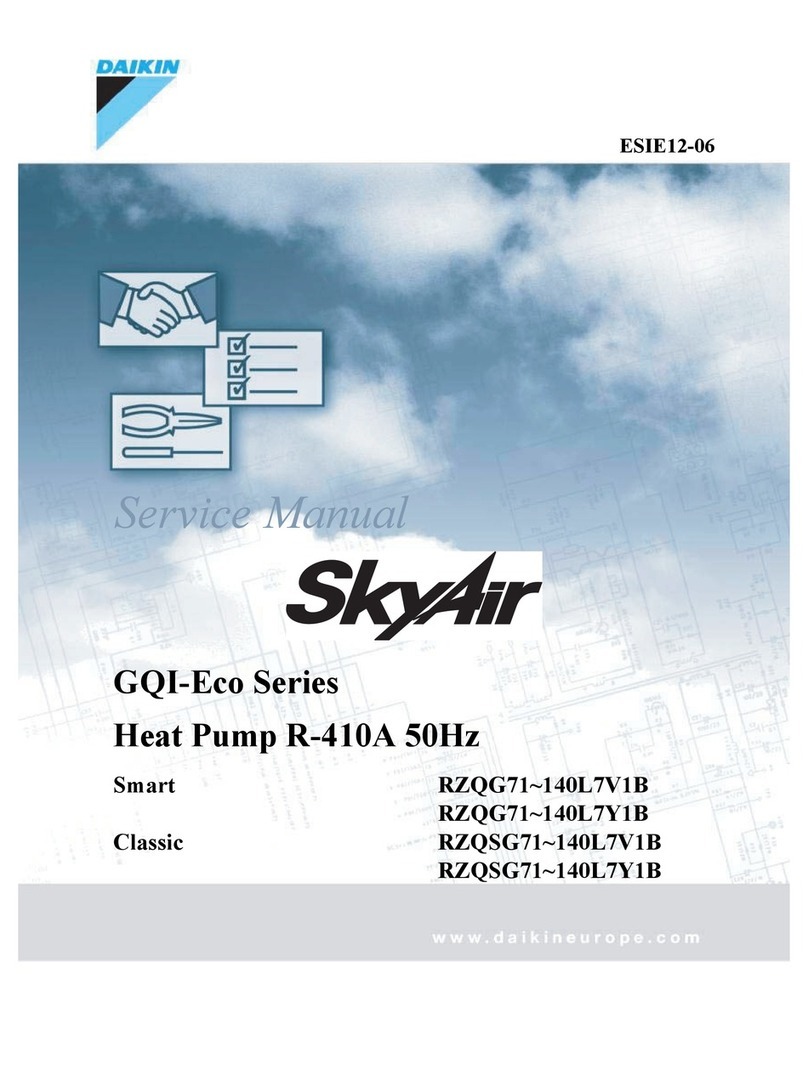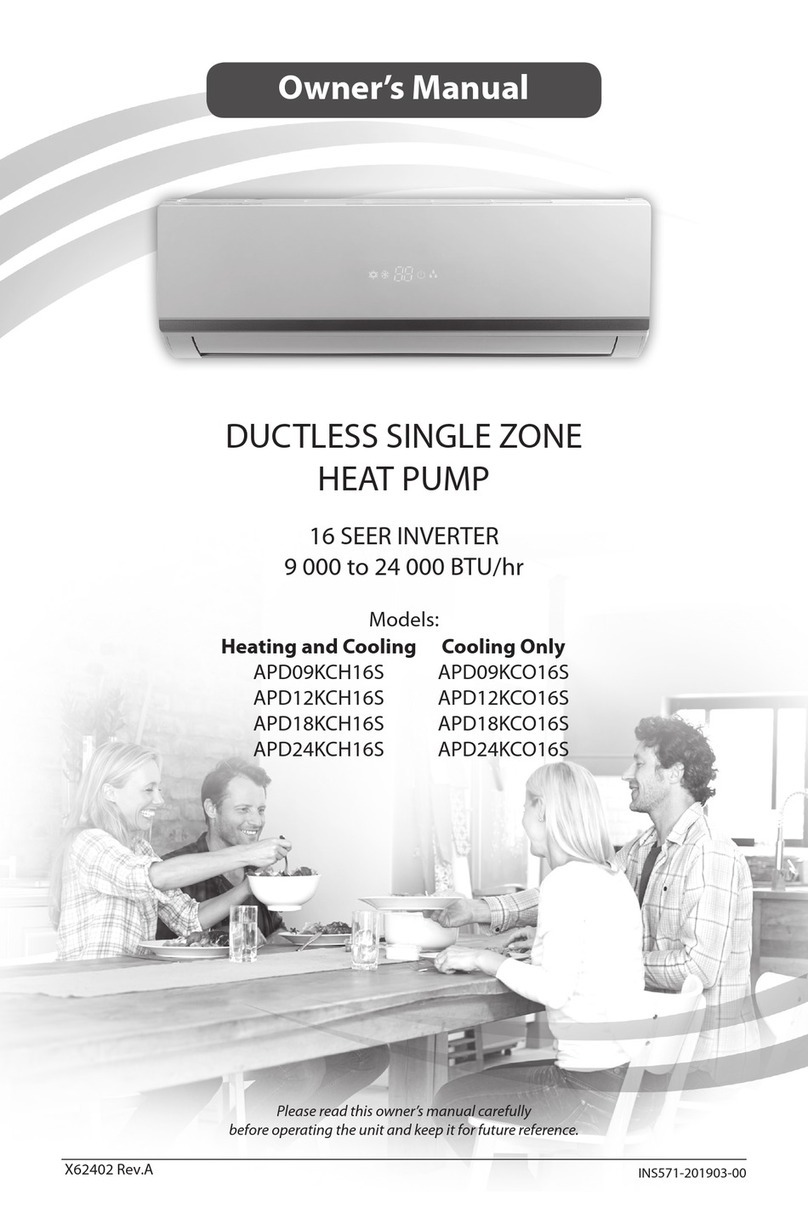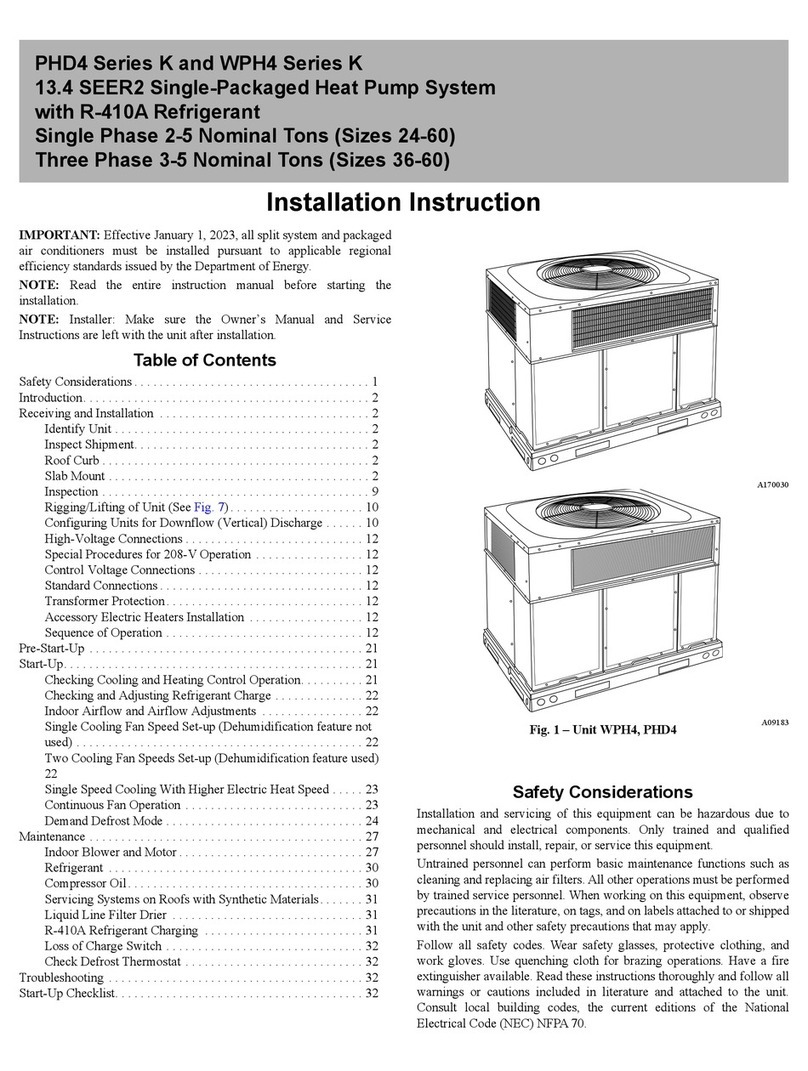⚠WARNING
"
INSTALLATION WARNINGS "
•Be sure to ask a dealer or a store specialized in electrical work to install the Air to Water Heat Pump. "
•The Air to Water Heat Pump should be installed by a suitably qualified installer, if not; this may lead to
problems such as water leaks, electric shock, fire, etc. "
•Ensure the correct grounding procedures are applied when installing the Air to Water Heat Pump. "
•Do not connect the ground wire to gas pipes, water pipes, lightning rods or telephone ground wires. "
•Should the Air to Water Heat Pump be improperly grounded, this could lead to an electric shock. "
•Serious damage can occur if there is water leak. Therefore, the Hydro Unit is recommended to be
installed in a room with waterproof flooring and drainage systems. "
•Products and parts to be used in combination with this product must be specified products and parts
that meet prescribed specifications. If unspecified products or parts are used, a failure, smoke, fire, or
electric shock may be caused. !
"
OPERATION WARNINGS !
•Avoid injury or damage to the outdoor unit by never inserting fingers or sticks into the air outlet or air
inlet of the outdoor unit, during operation the fans run at a high speed. "
•Should you notice something unusual with the Air to Water Heat Pump (such as a burning smell or
weak heating power), immediately turn offthe main switch and circuit breaker from the main power
supply to stop the Air to Water Heat Pump, and contact the dealer. "
•If there is a suspected problem with the operation of the Air to Water Heat Pump, continuous
operation is not recommended, operational failures may lead to machine breakdown, electric shock, a
fire, etc. "
"
WARNINGS AT MOVEMENT AND REPAIR "
•Do not attempt to move or repair the unit yourself. "
•Due to the presence of high voltage, removal of any covers may result in an electric shock. "
•Should there be any requirements for the Air to Water Heat Pump to be moved, always consult the
dealer or qualified installer. "
•Should the Air to Water Heat Pump be improperly installed, it may lead to electric shock or fire. "
•Whenever the Air to Water Heat Pump requires repair, request assistance from the dealer. "
•Should the Air to Water Heat Pump be improperly repaired, the result may lead to electric shock or
fire. "











